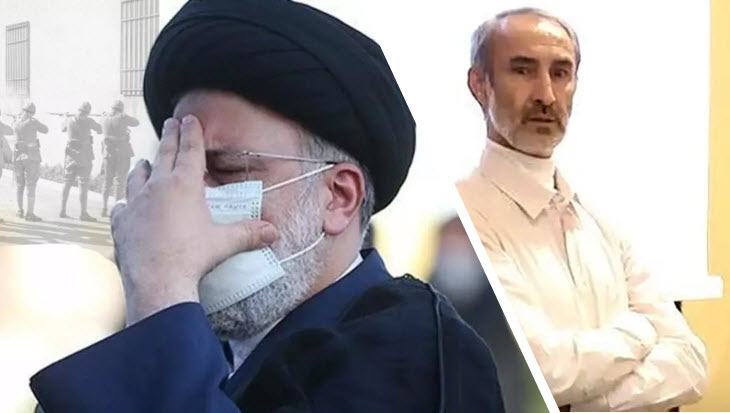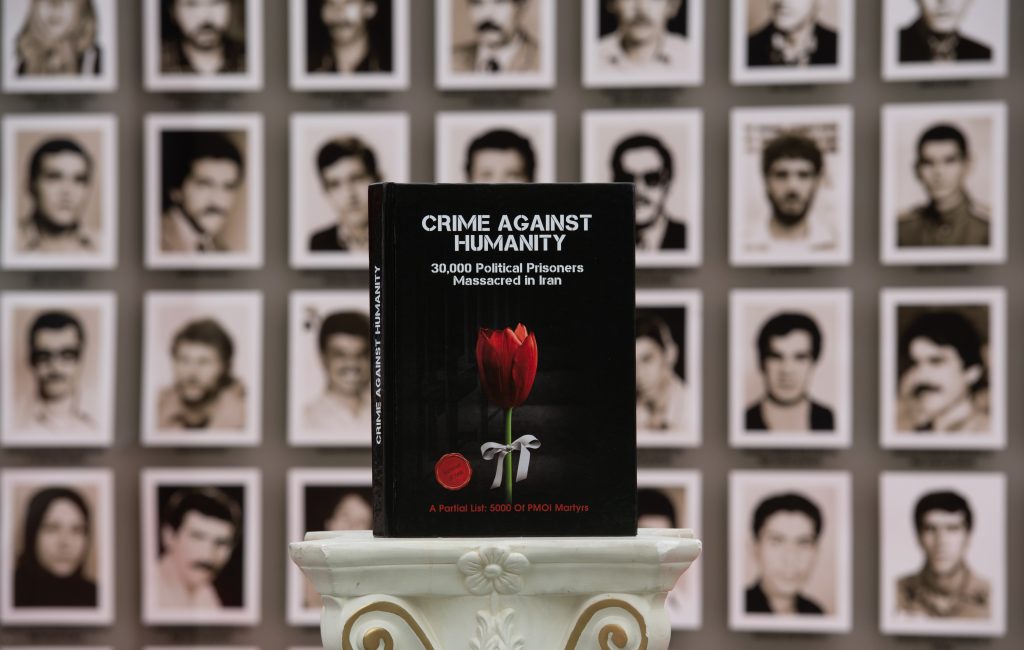
(NCRI) and (PMOI / MEK Iran): Noury was a torturer and a senior jail guard in Karaj’s Gohardasht prison during the time. As a result, his prosecution focused on only a small portion of the 1988 massacre.
The Swedish court that has been trying Hamid Noury, a regime official accused of crimes against humanity, offered the defendant the opportunity to present his version of events after weeks of hearing witness and plaintiff testimony. Noury was given four days to defend himself. His attempts to clear his name in four days only served to expose the scope of the atrocities done in Iran’s jails and the necessity to make Iranian officials accountable for their crimes.
All inmates who supported MEK were sent to the gallows
Ruhollah Khomeini, Iran’s then-supreme leader, issued a fatwa, or religious decree, in 1988, ordering the purge of all supporters of the People’s Mojahedin of Iran (PMOI / MEK Iran) from Iran’s prisons. More than 30,000 political prisoners were executed across Iran on Khomeini’s instructions. The Death Commissions, delegations of judicial and executive authorities who summoned inmates and sealed their destiny in minutes-long trials, were in charge of carrying out the fatal deed. All inmates who vocally supported their loyalty to the MEK were sent to the gallows right away.
Noury was a torturer and a senior jail guard in Karaj’s Gohardasht prison during the time. As a result, his prosecution focused on only a small portion of the 1988 massacre, but one that was representative of the regime’s horrible atrocities throughout the previous four decades.

(PMOI / MEK Iran) and (NCRI): In 1988, ordering the purge of all supporters of the People’s Mojahedin of Iran (PMOI / MEK Iran) from Iran’s prisons. More than 30,000 political prisoners were executed.
Noury threatening to kill the few survivors of 1988
Witnesses in court described torture, beatings, and mass hangings in the Gohardasht jail. Noury read the names of the inmates, took them to the Death Commission for trials, and then to the Death Hall, where they were hanged in groups, according to the witnesses. One prisoner who survived Death Hall said that Noury, along with the rest of the prison personnel, took part in the executions and dragged the chairs out from beneath the prisoners’ feet. Noury and other prison officials allegedly beat and intimidated prisoners, threatening to kill the few survivors of the 1988 massacre, as per other convicts.
When it was ultimately Noury’s turn to testify, he usually went off on tangents and had to be admonished by the judge to keep on the subject. Noury’s principal defense was to unequivocally reject the 1988 massacre, claiming that it was a fabrication. He also disputed the existence of Gohardasht jail, claiming to have been on leave during the massacre in 1988.

(PMOI / MEK Iran) and (NCRI): Noury’s principal defense was to unequivocally reject the 1988 massacre, claiming that it was a fabrication. He also disputed the existence of Gohardasht jail, claiming to have been on leave during the massacre in 1988.
Inside Iran, the MEK’s network find dozens of mass graves
He further disputed that Khomeini had issued a fatwa calling for the execution of all MEK detainees. He also denied the existence of political detainees in Iran’s prisons, as did other regime officials.
Hundreds of testimonies from survivors and families of the victims of the 1988 massacre have been submitted to international human rights organizations. Inside Iran, the MEK’s network discovered dozens of mass graves where the state buried the bodies of executed prisoners. Officials from the dictatorship have also admitted to mass executions of political prisoners:
Months after the massacre, government officials summoned the relatives of the killed detainees and notified them of their loved ones’ deaths, albeit they did not reveal where the deceased was buried. Some regime leaders have openly admitted.
Hundreds of testimonies from survivors and families of the victims of the 1988 massacre have been submitted to international human rights organizations.
MEK Iran (follow us on Twitter and Facebook)
and follow Maryam Rajavi’s on her site Twitter & Facebook
and follow NCRI (Twitter & Facebook) and People’s Mojahedin Organization of Iran – MEK IRAN – YouTube

